CCGS Vector
CSL Heron
CCGS Vector
CCGS Vector
CSL Heron
CSL Heron
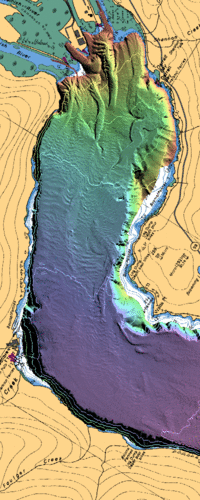
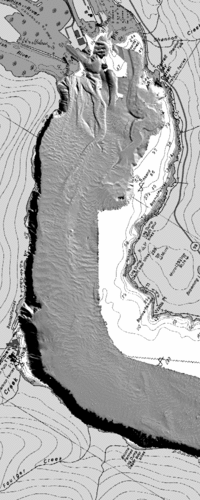
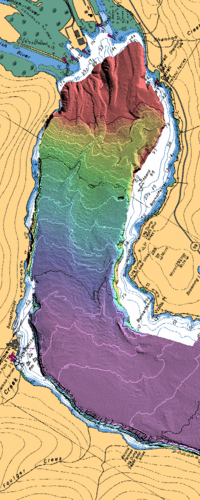
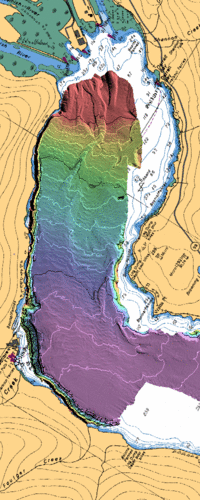
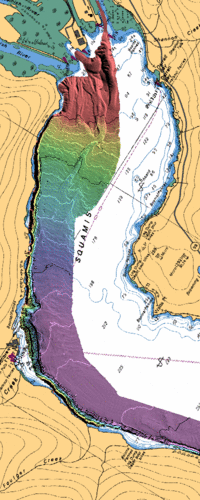
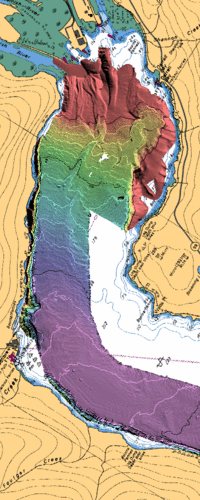
| back to: Index |
CSL Heron
Squamish Operations April-October 2017 Context w.r.t. decadal fan-delta evolution |
| John E.Hughes Clarke, Anand Hiroji, Liam Cahill | Ian Church, Angela Gillis |
| Center for Coastal and
Ocean Mapping University of New Hampshire, USA |
Ocean Mapping Group University of New Brunswick, Canada |
| 2005 survey CCGS Vector |
2015 survey CSL Heron |
spring 2016 CCGS Vector |
fall 2016 CCGS Vector |
spring 2017 CSL Heron |
mid summer 2017 CSL Heron |
 |
 |
 |
 |
 |
 |
| 2015-2005 10 years of activity |
Oct 2016 - June 2016 one summer |
April 2017- Oct 2016 one (very active!) winter |
June - April 2017 activity so far this year |
||
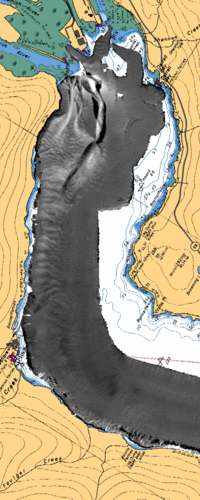 |
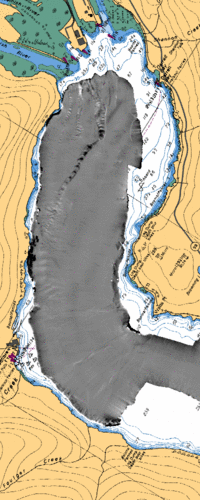 |
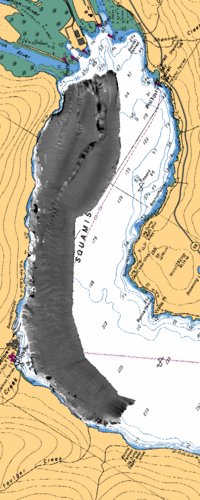 |
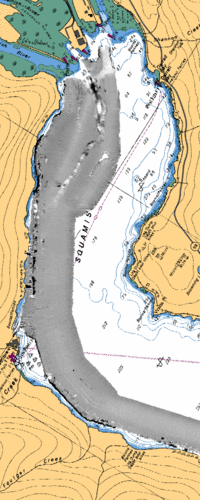 |
||
| Fig D1 |
Fig D2 |
Fig D3 |
Fig D4 |